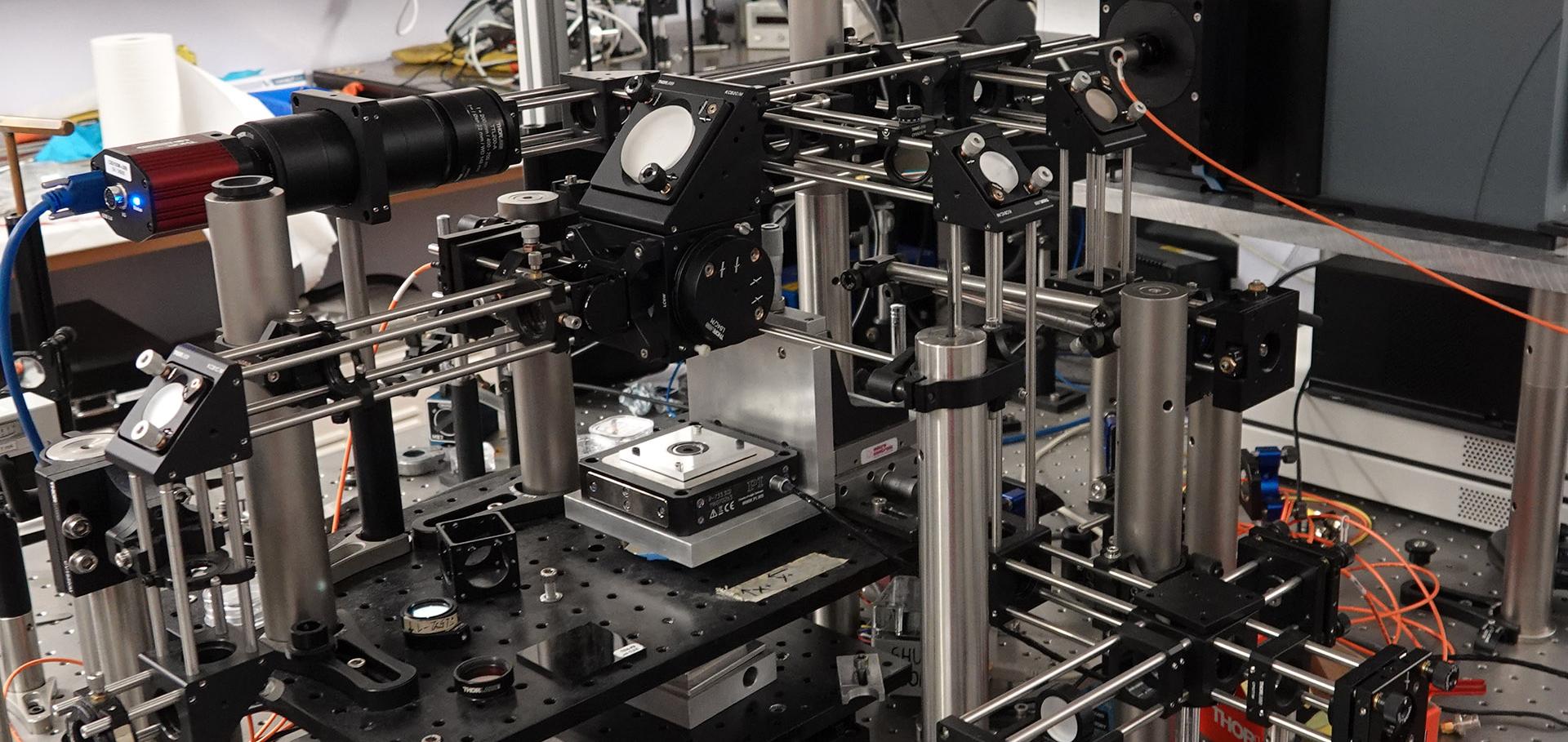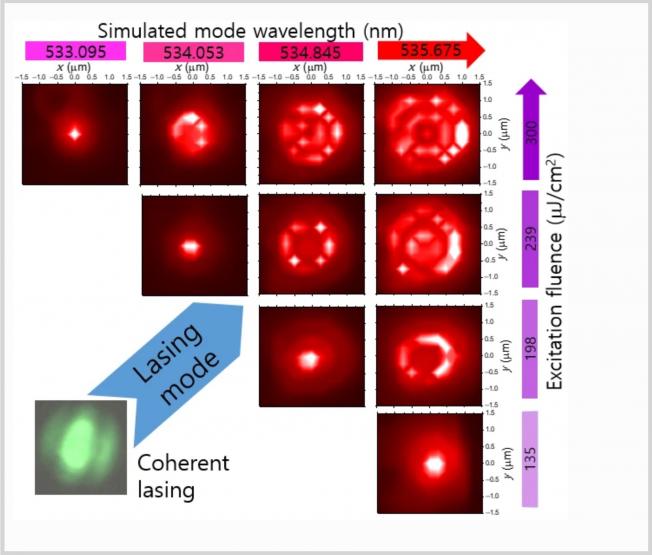Properties of selective-area-growth GaN grown on various buffered Si(111) substrates by HVPE
J KOREAN PHYS SOC 51 (2007) S220-S224
Abstract:
Selective area growth (SAG) of GaN by hydride vapor phase epitaxy (HVPE) has been performed on SiO2 stripe-mask-patterned Si(111) substrates with various buffer layers. AlGaN, GaN and AIN films were used as buffer layers. In order to grow selectively, the orientation of the SiO2 mask pattern was opened along the Si (110) direction. The properties of the SAG-GaN samples were investigated by scanning electron microscopy (SEM), X-ray diffraction (XRD), and photoluminescence(PL). SEM images show that hexagonal SAG-GaN grows vertically along the < 0001 > direction, longitudinally along the < 11 (2) over bar0 > direction with facets on the sidewall growing along the (1 (1) over bar 01) direction. It was found that the lateral-to-vertical growth ratio depended strongly on different buffer layers.Configuration-selective spectroscopic studies of Er3+ centers in ErSc2N@C80 and Er2ScN@C80 fullerenes.
J Chem Phys 127:19 (2007) 194504
Abstract:
Low temperature photoluminescence (PL) and photoluminescence excitation (PLE) spectroscopy of high purity ErSc(2)N@C(80) and Er(2)ScN@C(80) fullerenes reveal at least two metastable configurations of the Er(3+) ion within the cage, consistent with previous observations from x-ray diffraction. Using PLE measurements at a number of different emission wavelengths we have characterized the ground state, (4)I(152), and the first excited state, (4)I(132), of the various Er(3+) configurations and their crystal-field splitting. We present detailed energy level diagrams for the ground and excited states of the two dominant configurations of ErSc(2)N@C(80) and Er(2)ScN@C(80).Control of the oscillator strength of the exciton in a single InGaN-GaN quantum dot
Physical Review Letters 99:19 (2007)
Abstract:
We report direct evidence for the control of the oscillator strength of the exciton state in a single quantum dot by the application of a vertical electric field. This is achieved through the study of the radiative lifetime of a single InGaN-GaN quantum dot in a p-i-n diode structure. Our results are in good quantitative agreement with theoretical predictions from an atomistic tight-binding model. Furthermore, the increase of the overlap between the electron and hole wave functions due to the applied field is shown experimentally to increase the attractive Coulomb interaction leading to a change in the sign of the biexcitonic binding energy. © 2007 The American Physical Society.Control of the oscillator strength of the exciton in a single InGaN-GaN quantum dot.
Phys Rev Lett 99:19 (2007) 197403
Abstract:
We report direct evidence for the control of the oscillator strength of the exciton state in a single quantum dot by the application of a vertical electric field. This is achieved through the study of the radiative lifetime of a single InGaN-GaN quantum dot in a p-i-n diode structure. Our results are in good quantitative agreement with theoretical predictions from an atomistic tight-binding model. Furthermore, the increase of the overlap between the electron and hole wave functions due to the applied field is shown experimentally to increase the attractive Coulomb interaction leading to a change in the sign of the biexcitonic binding energy.Creating diamond color centers for quantum optical applications
(2007)



